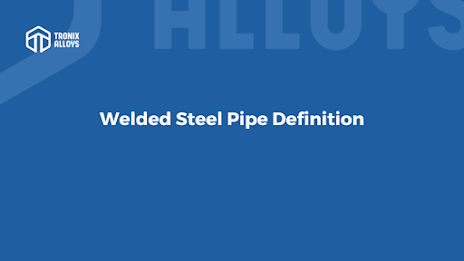Stainless Steel 316 vs 316L Pipes
There are
different kinds of 316 steel, including 316L, which can be used in different
applications. Due to the lack of carbon and molybdenum that is present in 316L
stainless steel, it is different from typical 316 stainless steel as it
contains less carbon and molybdenum. It is the purpose of this article to
explain the fundamental differences between the various alloys so that you can
choose the one that is right for your application.
The
modifications consist of minor additions or subtractions to the elements of the
specific chemical composition. In general, modifications are made by adding or
subtracting a few elements. For instance, marine grade 316 stainless steel has
a higher content of carbon in its alloy. The carbide precipitate formed by
carbon at elevated temperatures causes sensitization at the grain boundary
precipitates when carbon forms a carbide precipitate. The metal becomes weak
during welding operations because of the sensitization that takes place during
the process. There is a tendency for welding temperatures to be higher than
normal as they often need to melt some metal before they can fuse it with the
other part or fuse together to form a complete piece when welding.
https://tronixalloys.com/stainless-steel-316-vs-316l-pipes/




Comments
Post a Comment